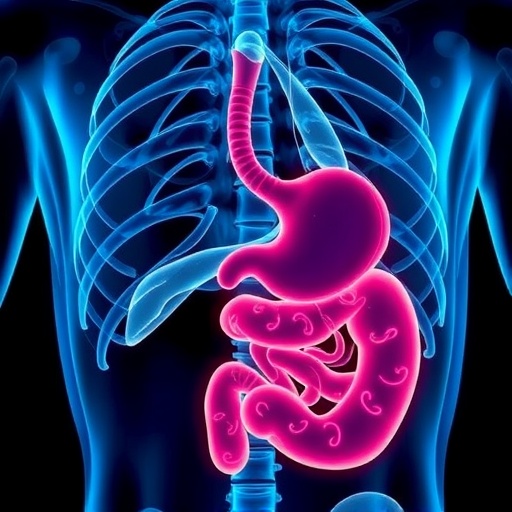Discovery may allow for more effective cancer therapy in the future
(Boston)–The Hippo pathway is an important biological tumor suppressor program that controls cell growth and organ size in humans. Cancer cells have been found to frequently deactivate Hippo signaling in order to achieve increased cell growth and become more aggressive. However, how the Hippo pathway becomes deregulated in human cancers is still poorly understood.
Researchers now have found a new regulator of Hippo signaling that offers novel insights into how this critical signaling pathway becomes turned off in cancer cells.
“We have discovered that the enzyme STK25, a serine/threonine kinase, is a regulator of the Hippo tumor suppressor pathway,” said corresponding author Neil J. Ganem, PhD, assistant professor of pharmacology and medicine, section of hematology and medical oncology, at Boston University School of Medicine (BUSM).
The researchers used a combination of experiments in both cell lines and experimental models to study how STK25 regulates Hippo signaling. They found Hippo signaling was significantly impaired when they removed STK25 in cell lines. They also found this to be the case in models in which STK25 was genetically deleted. By studying cancer genetics databases, they discovered STK25 is frequently deleted in a wide range of human cancers, suggesting that its loss can promote cancer formation.
According to the researchers, STK25 regulates Hippo signaling in a manner that is completely different from the other identified components of the Hippo pathway to date and represents a completely novel way by which a major tumor suppressor pathway may become activated.
“Understanding how the Hippo pathway becomes deregulated in human cancers has been challenging, which has made it difficult to target this signaling pathway for therapeutic benefit. We hope our study ultimately leads to a better understanding of Hippo signaling deregulation in human cancers, and thus help promote the development of anticancer therapeutic options that did not previously exist.”
These findings appear in the journal Nature Communications.
###
Microarray experiments and gene set enrichment analyses were supported by a grant from the NIH/NCATS (1UL1TR001430). S.L is supported by a Medical Student Research Grant from the Melanoma Research Foundation, a Medical Student Research Grant Award from the American Skin Association, and a Predoctoral Fellowship Award from the American Heart Association (19PRE34370004). M.V. is supported by a training grant from the NIH/NIGMS (5T32GM008541-20) and an F30 Award from the NCI (1F30CA228388-01). R.Q. is supported by a Canadian Institutes of Health Research Doctoral Foreign Study Award. B.H. is supported by NIH/NINDS grant NS073662. A.M is supported by NIH/NCI grant R00CA182731 and the Smith Family Awards Program. N.G is a member of the Shamim and Ashraf Dahod Breast Cancer Research Laboratories and is supported by NIH grants CA154531 and GM117150, the Karin Grunebaum Foundation, the Smith Family Awards Program, the Searle Scholars Program, and the Jackie King Young Investigator Award from the Melanoma Research Alliance.
Media Contact
Gina DiGravio
[email protected]
http://dx.




